1) This is arguably the most significant feature. Due to the unique arrangement of cylindrical rollers at 90-degree angles to each other within a single raceway, a single crossed roller bearing can handle radial (perpendicular to the shaft), axial (along the shaft), and tilting or overturning moment loads simultaneously.
2) This capability simplifies designs, often allowing one crossed roller bearing to replace multiple conventional bearings (e.g., a radial bearing and two thrust bearings), thus reducing space requirements and assembly complexity.
1) The cylindrical rollers make "line contact" with the raceways, distributing the load over a larger surface area compared to the "point contact" of ball bearings.
2) This line contact, combined with precise manufacturing and often preloading, results in exceptionally high rigidity and minimal elastic deformation under load. This is crucial for applications requiring stable and precise positioning.
1) The precision grinding of the rollers and raceways, coupled with their orthogonal arrangement, contributes to very high rotational accuracy.
2) They exhibit low runout (deviation from true rotation), making them suitable for indexing tables, robotic joints, and other applications where exact positioning is paramount.
Despite their high load capacity and rigidity, crossed roller bearings have a very compact cross-section. This "thin-section" design allows them to be integrated into applications with limited space, such as the joints of industrial robots or compact machine tools.
1) The use of spacers or retainers between the rollers prevents direct roller-to-roller friction and skewing, ensuring smooth and consistent rotation.
2) They often exhibit low rotational torque and a minimal difference between static and dynamic friction, which is beneficial for precise, subtle movements and energy efficiency.
Due to their high precision, effective load distribution, and robust construction (often made from high-grade steel), crossed roller bearings offer a long operational lifespan, reducing maintenance and replacement costs.
Many crossed roller bearings are designed with features like split outer rings (bolted together for transport/mounting) or integrated mounting holes, which simplify the installation process and can eliminate the need for complex custom housings.
The crossed arrangement of rollers significantly enhances the bearing's ability to resist overturning or tilting moments, providing exceptional stability.

In the machine tool industry, cross roller bearings have become the core key to achieving precise and efficient machining thanks to their outstanding rigidity, high rotational accuracy, and powerful load-bearing capacity.
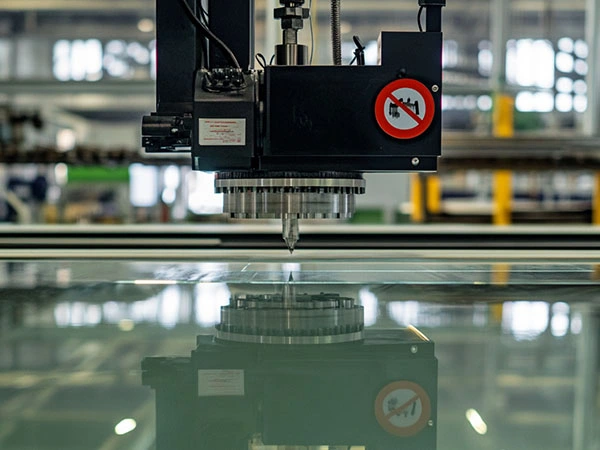
Crossed roller bearings are specifically designed to meet the stringent requirements of the electronics manufacturing industry for high precision, high rigidity, and compact design, significantly improving the performance and reliability of automated equipment.
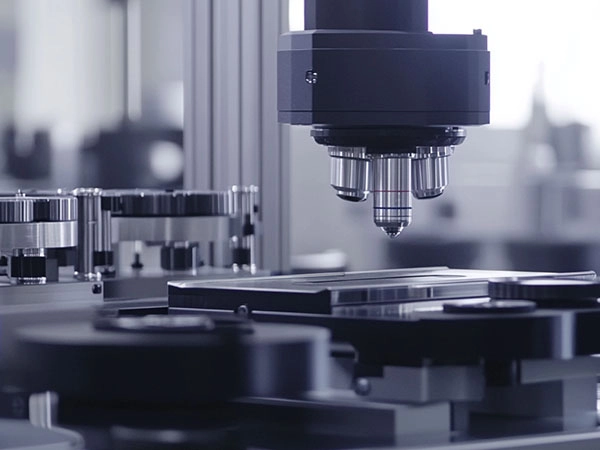
Crossed roller bearings for precision testing equipment offer high precision and rigidity, providing an ideal solution for applications requiring precise rotation and stability.
Clean and remove dirt from the bearing seat or other installation parts, and confirm whether the burrs of each part have been removed.
Install on the bearing seat or shaft
Because it is a thin-walled bearing, it is easy to tilt during installation. Please use a plastic hammer to find the level and tap it evenly in the circumferential direction, and install it bit by bit until you can confirm by sound that the contact surfaces are completely close.
1) After placing the side compression flange in position, rock it back and forth several times in the circumferential direction to adjust the position of the mounting bolts.
2) Install the compression bolts and when tightening the bolts by hand, confirm that there is no deviation in the bolt holes causing difficulty in screwing in the bolts.
3) The tightening of the compression bolts can be divided into 3-4 stages from temporary tightening to final tightening, and the tightening is repeated in diagonal order. When tightening the compression bolts of the inner ring or outer ring that is divided into two parts, often slightly adjust and rotate the integrated outer ring or inner ring during the tightening process, so that the outer ring or inner ring that is divided into two parts can be tightened.
4) Special design: If you need special structure (such as outer ring with mounting holes, inner ring without holes, etc.), non-standard size, special materials or higher precision requirements, etc., please contact PRS.
Reduces Friction and Wear: Lubricants create a film between the rolling elements (rollers) and raceways, minimizing direct metal-to-metal contact and preventing wear.
Extends Fatigue Life: A proper lubricant film reduces stress concentrations on the bearing surfaces, prolonging the bearing's operational life.
Dissipates Heat: Friction generates heat, and the lubricant helps to carry this heat away, preventing overheating and material degradation.
Prevents Corrosion: Lubricants form a protective barrier against moisture, contaminants, and corrosive agents, safeguarding the bearing surfaces.
Damping and Noise Reduction: The lubricant film can absorb some energy, contributing to smoother operation and reduced noise.
Sealing: Especially with grease, the lubricant acts as a barrier to prevent the ingress of dust, dirt, and moisture into the bearing.
The two primary types of lubricants used for crossed roller bearings are grease and oil. The choice depends heavily on the specific application's operating conditions (speed, load, temperature, environment).
Grease Lubrication:
Advantages: Adheres well to surfaces, lasts longer, provides good sealing against contaminants, and is often preferred for applications where easy access for re-lubrication is limited. It's generally better for low-speed applications where boundary and mixed lubrication conditions dominate.
Suitable Greases: High-quality lithium soap greases (e.g., to DIN 51825–KP2N–20) are commonly recommended. The consistency class (NLGI class) of the grease is important; classes 1, 2, or 3 are typically preferred for rolling bearings, with the specific choice depending on speed and load. Avoid greases with solid additives like MoS2 (molybdenum disulfide) or PTFE (Teflon), as they can damage rolling bearing elements.
Considerations: Too soft a grease can migrate away, while too stiff a grease may not reach all areas. Temperature significantly influences grease performance; lower viscosity for low temperatures, higher for high temperatures.
Oil Lubrication:
Advantages: Recommended for light to medium loads and high-speed applications due to better flowability and heat dissipation. It's also suitable where circulating oil lubrication is feasible.
Suitable Oils: CLP oils to DIN 51519 or HLP oils to DIN 51524, with viscosity classes from ISO VG 10 to 100, are generally suitable.
Considerations: Oil can migrate more easily, especially in vertical or inclined applications, potentially pooling and not reaching critical surfaces. Oil lubrication often requires a central lubrication system to ensure proper delivery. Oil change intervals must be observed, as high temperatures can degrade oil and additives, impacting plastic spacer life.
Grease Application: Grease is typically applied directly to the raceway surfaces. For crossed roller linear guides, cleaning the raceways and applying a small amount of new lubricant in the gap between guideways is effective. It's crucial not to overpack bearings with grease, as this can lead to increased friction and temperature. A "break-in" period may be needed after lubrication to allow the grease to spread fully.
Oil Application:
Oil Bath: For low and moderate speed applications, the bearing can rotate through an oil bath.
Oil Pick-up Ring: A ring attached to the shaft dips into an oil reservoir and transports oil to the bearing. Suitable for horizontal applications.
Circulatory System: A pump circulates oil through the bearing, filtering and cooling it before recirculation. Ideal for high-speed or harsh environments.
Oil Jet: A high-pressure oil jet is directed at the bearing, suitable for very high-speed applications.
Oil Mist/Air-Oil: A mixture of atomized oil and air (oil mist) or precise oil droplets with compressed air (air-oil/oil-spot) can be supplied to the bearing. These methods provide flushing action and can help prevent contaminant ingress.

Slewing Bearing Lubrication
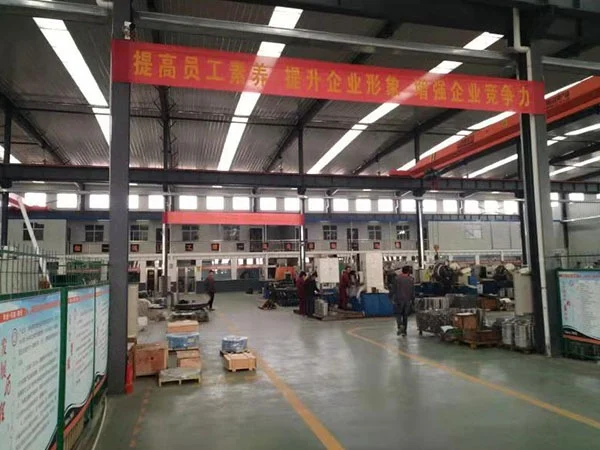
Slewing Bearing Inspection
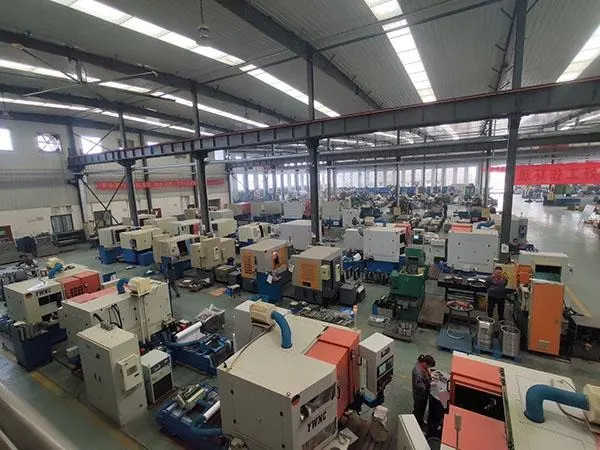
Test the Bearing for Smoothness
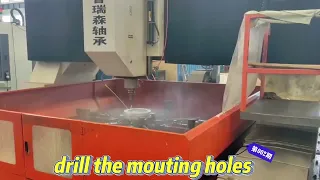
Bearing Mounting Drilling
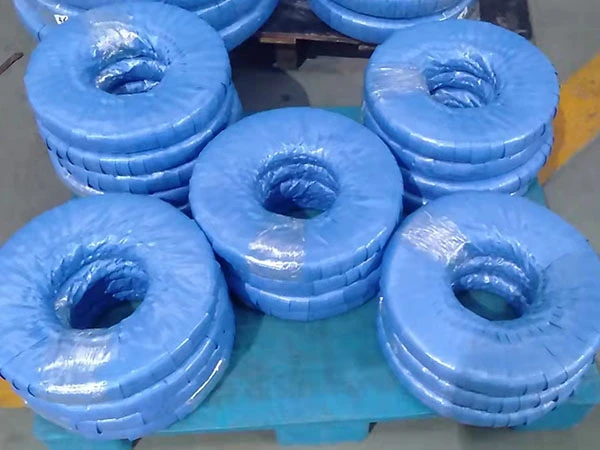
Packaging Video
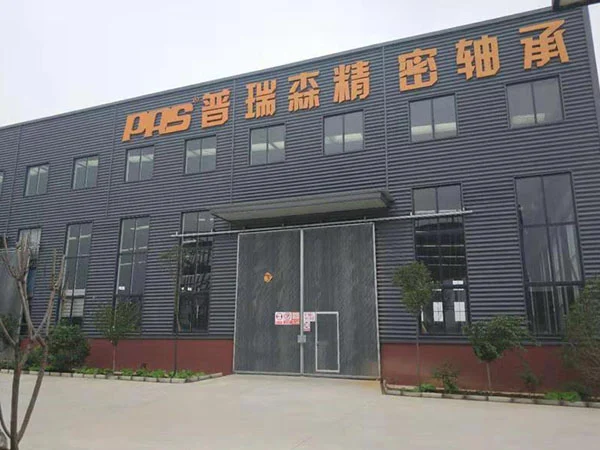
Introduction to PRS Bearing